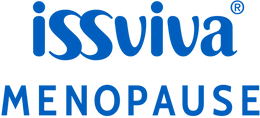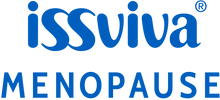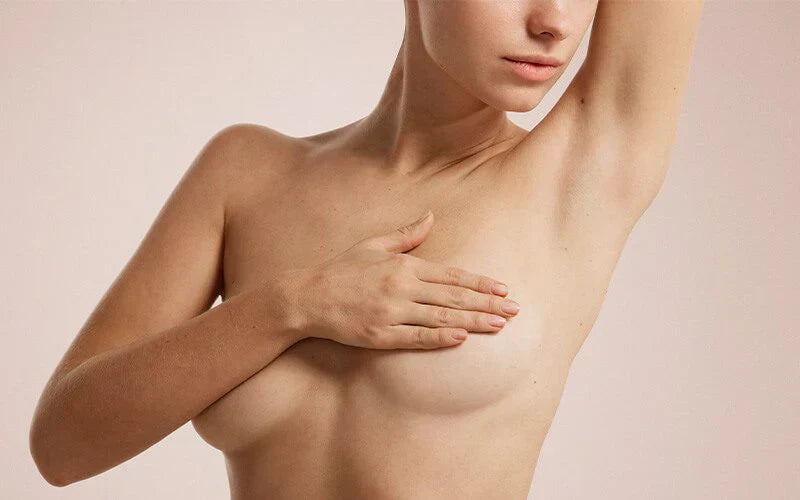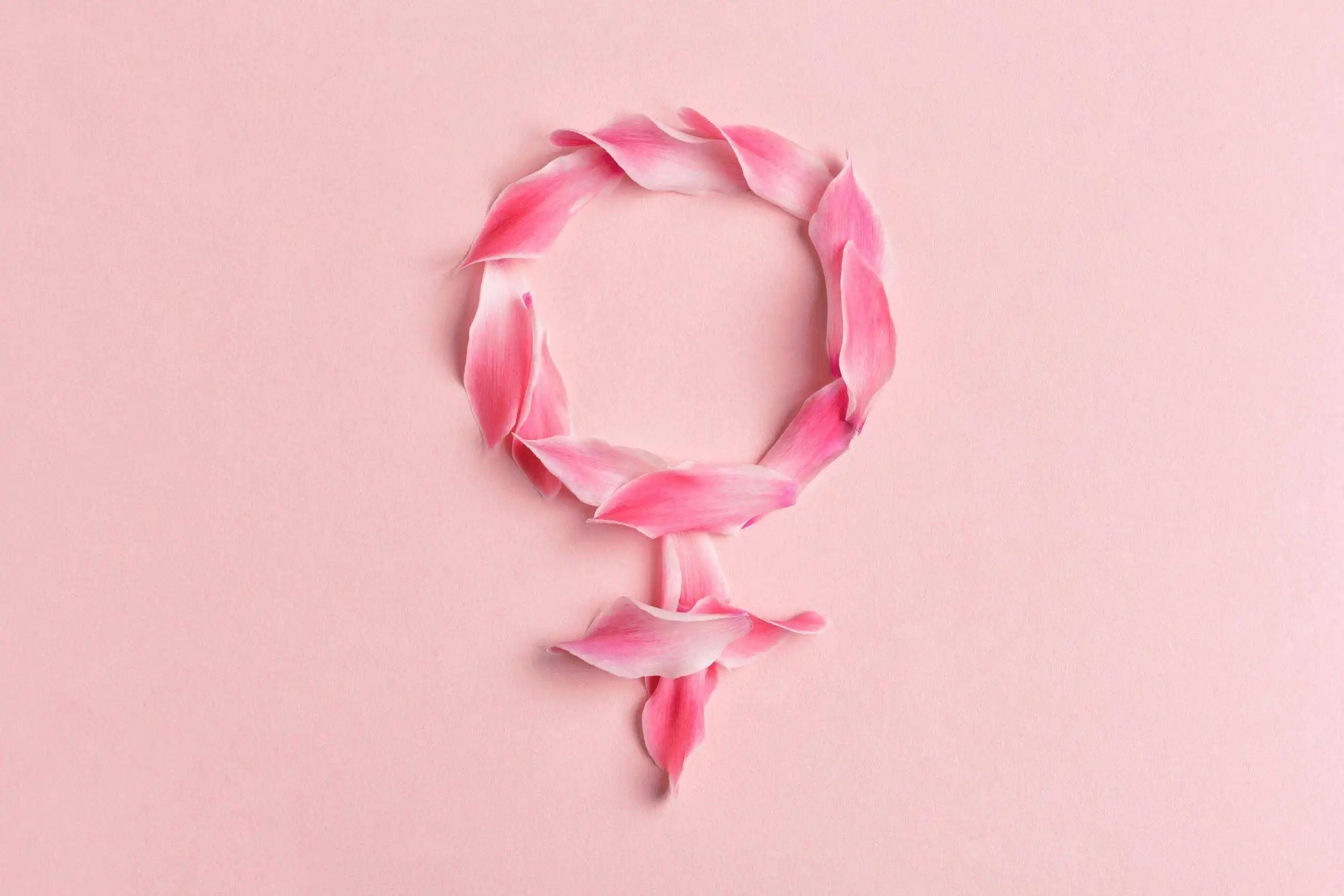Sore nipples are a common occurrence due to their high sensitivity. They are the point where the terminal portions of nerves and milk ducts converge. They are also an erogenous zone for many women. Additionally, we must not forget the significant work they perform during breastfeeding and the impact of hormones on them (1).
Main causes of sore nipples
Below, we will introduce the simplest and most concerning causes. Nevertheless, you should be reassured, as the causes of the latter are relatively infrequent.
Friction through clothing
May occur due to an ill-fitting shirt or bra, most noticeable during physical activity. This causes increased movement and therefore intensifies the injury caused by friction. Such soreness may be accompanied by burning, throbbing, and even bleeding. The skin may also become dry or cracked (2).
Sexual contact
Friction on your nipples during coitus can cause soreness afterward. In these cases, this type of discomfort is temporary and usually does not require treatment beyond a short break to allow recovery (2).
Menstruation and hormonal changes
In the majority of cases, the soreness occurs before the onset of menstruation. This is due to an increase in estrogen and progesterone, which often causes inflammation throughout the breast tissue. Similar situations can occur during menopause and puberty, as these are stages with great variations in hormone levels in the body. The use of contraceptives can also trigger imbalances that cause this symptom (3).
Sore nipple during pregnancy
During this stage, the breasts grow, acquire hyperpigmentation, and are more sensitive causing soreness. Also, be aware of your bra size. If it is too small, it can make the problem worse (4).
Soreness also occurs during breastfeeding
Soreness is common during the first days of breastfeeding. This is because the manipulation of the breast and the accumulation of milk can cause tenderness and small lesions that take time to heal. Sometimes babies have a short sublingual frenulum, which hinders the sucking technique and causes tiny injuries (4).
Additionally, the use of the breast pump often causes soreness due to the pressure it exerts. A baby's teething can also be a problem, as the pressure on the baby's gums can cause vascular spasms. This is because there is no blood circulation to the nipple, causing intense sharp soreness. In other cases, very small blood vessels may rupture, leading to bleeding that looks like red spots that turn purple over time (4).
Allergy or atopic dermatitis
As well as sore nipples, if you have dry skin, scaly, red, and itchy around the nipple, scabs, or blisters, you could be experiencing an allergic reaction or atopic dermatitis (2).
It is difficult to determine the cause at this point, as you can develop an allergy to any product, even after years of use. Both body lotion and laundry detergent (2).
Infections that may cause soreness
Cracked and sore nipples can be signs of infection. The most common infections in this case are (3):
- Mastitis: this is common in breastfeeding and characterized by fever, muscle soreness, and red patches on the skin of the breast.
- Candidiasis: a fungal infection that causes soreness, burning, itching, and discomfort in the nipples.
- Folliculitis: an infection of the skin originating in the small hole where the hairs grow. When this is close to the nipple, it can affect the nipple causing soreness, and inflammation.
Breast cancer
Nipple inversion, itching, leakage of fluid (other than milk), or breast lumps could be a sign of cancer. Although it is not common for the first symptom to be sore nipples, it is advisable to consult your doctor to rule out this possibility (5).

Recommendations for preventing sore nipples
To prevent this discomfort, we recommend (6):
- Avoid tight clothing. Wearing a sports bra can help reduce soreness.
- Before your menstrual cycle, limit caffeine, reduce salt intake, and exercise more.
- Consult your doctor about other contraceptive methods available if you experience soreness.
- During breastfeeding, feed your baby on demand to avoid milk engorgement. Breastfeed on the side with soreness first, make sure the baby learns the proper technique, and change position regularly. You can also use lanolin lotion. Likewise: apply your breast milk as an ointment to the nipple and allow the skin to dry before putting your underwear back on.
- If you suspect that the discomfort is caused by an allergy, consult a dermatologist. Also, remember to avoid skin care products that contain perfume or irritants. Stopping using these products and gradually reintroducing them can help you identify the cause of the problem.
There's no doubt about the importance of knowing the source of nipple discomfort. Remember to take advantage of all our resources, where you can learn What is muscle mass, the origin of menopausal symptoms, and how to improve each of them. Knowledge is your best ally.
Bibliographic References
- Zucca-Matthes G, Urban C, Vallejo A. Anatomy of the nipple and breast ducts.
. USA: PubMed; 2016 ;5(1):32–6. Available from: https://www.ncbi.nlm.nih.gov/pmc/articles/PMC4716863/
- Johnson J. Eight causes of nipple pain
. UK: Medical News Today; 2023 . Available from: https://www.medicalnewstoday.com/articles/320436#causes
- Cleveland Clinic. Sore nipples: pain, causes, symptoms & treatment
. Ohio: Cleveland Clinic; 2022 . Available from: https://my.clevelandclinic.org/health/symptoms/23164-sore-nipples
- NCT. Sore nipples when breastfeeding
. UK: National Childbirth Trust; 2022 . Available from: https://www.nct.org.uk/baby-toddler/feeding/common-concerns/sore-nipples-when-breastfeeding
- Cancer Research UK. Breast cancer symptoms
. UK: Cancer Research UK; 2023 . Available from: https://www.cancerresearchuk.org/about-cancer/breast-cancer/symptoms
- Watson S. Understanding nipple pain: causes, treatment, and more
. NY: Healthline; 2023 . Available from: https://www.healthline.com/health/why-do-my-nipples-hurt
You May Also Like

JOIN US AND GET 10% OFF
Sign up to our newsletter to access free resources, advice and support.















